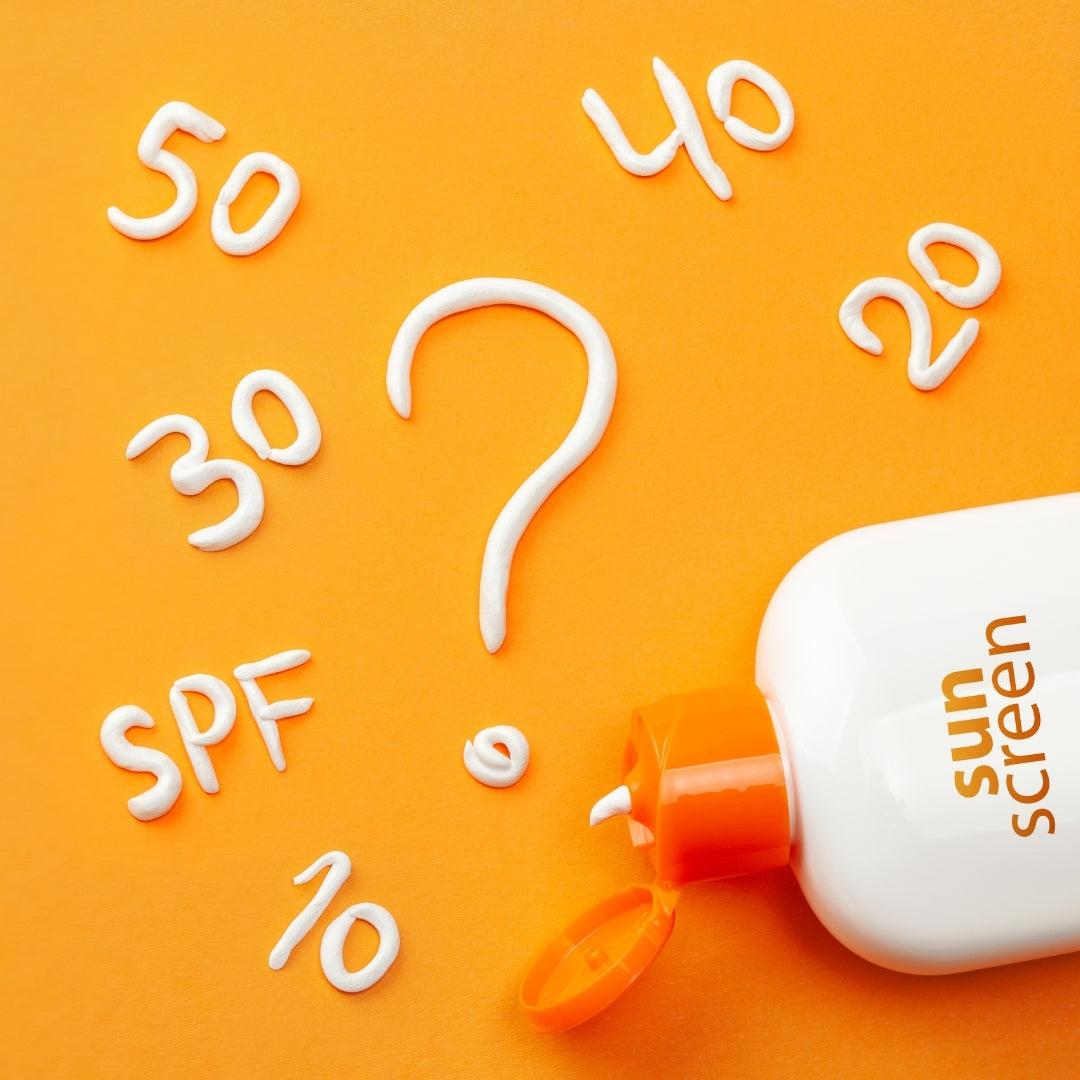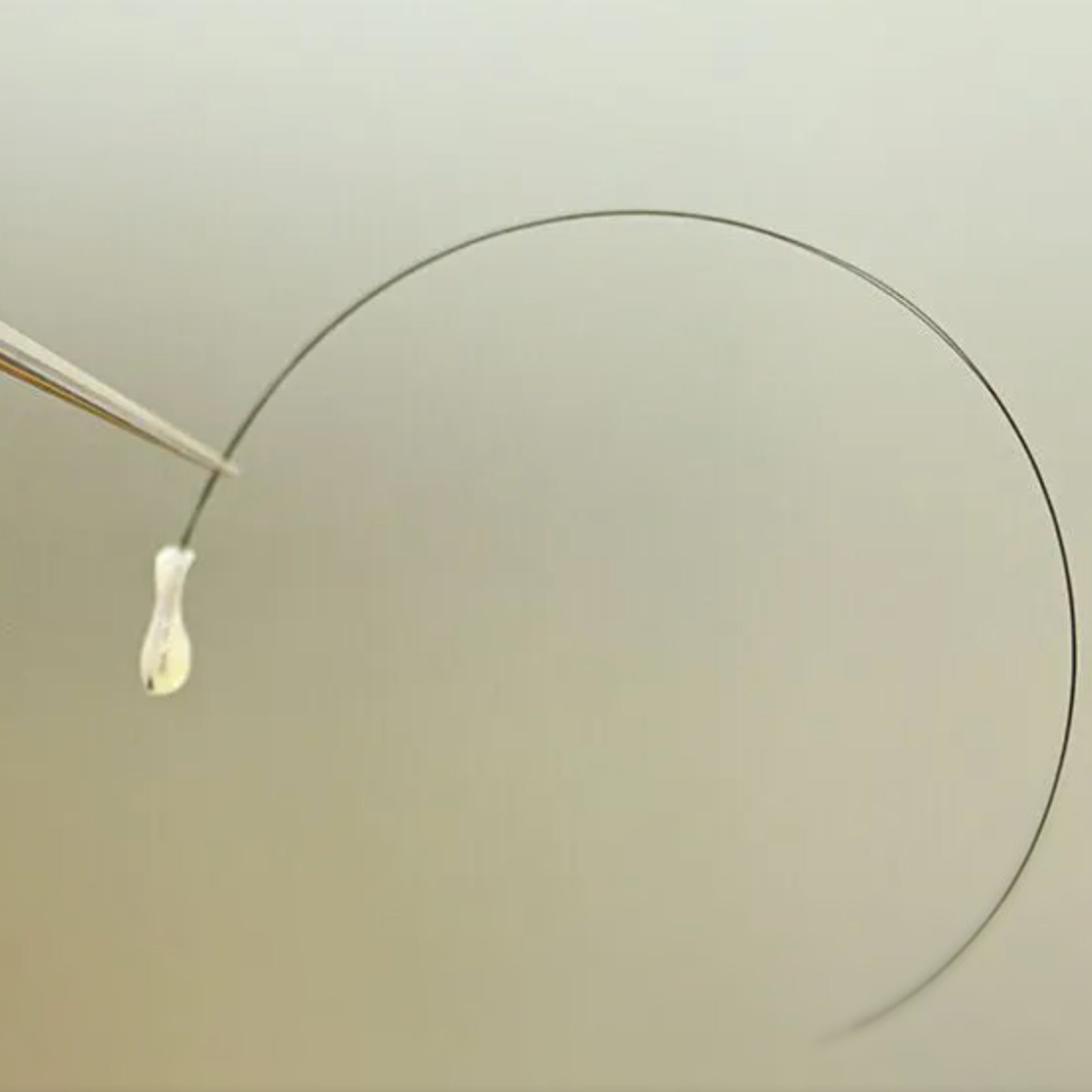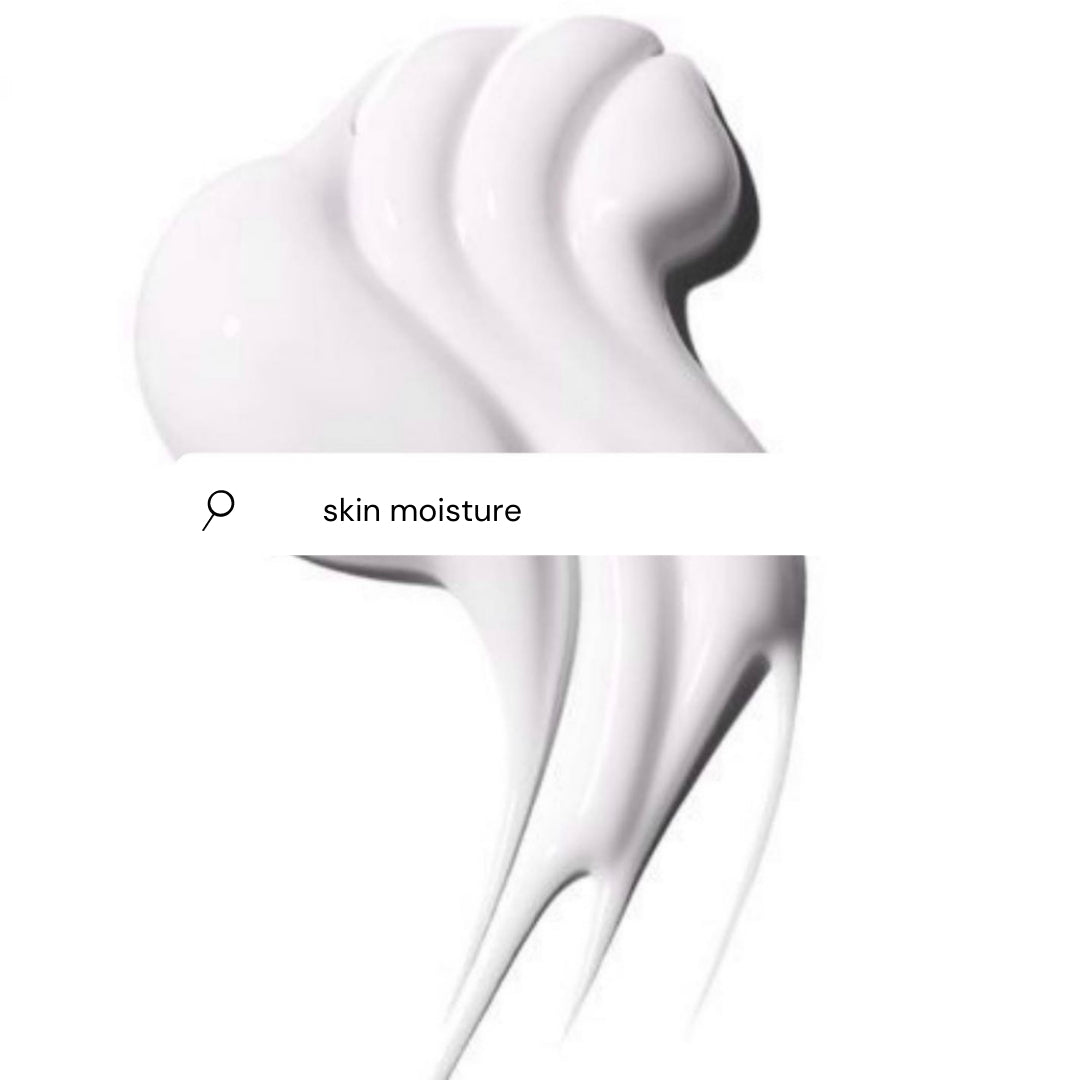10 Sunscreen Myths Debunked | ellé derm skincare
We all know sunscreen is important but over the years, there has been a rise in misinformation, creating a blur between what is myth and what is fact.
Let’s debunk ten of the common myths around correct sunscreen use.
MYTH #1
You can stay out longer in the sun when you are wearing SPF 50 than you can with SPF 30.
FACT:
SPF 50 offers marginally better protection from UVB radiation, which causes sunburn and adds to skin cancer risk. SPF 30 sunscreens filter about 96.7% of UV radiation, SPF 50 sunscreens filter 98% of UV.
A higher SPF sunscreen does not allow you to stay out in the sun for longer.
MYTH #2
Sunscreen can cause Vitamin D deficiency.
TRUTH:
Vitamin D is vital for human health and body requires sun exposure to make Vitamin D. In theory, using sunscreen 100% of the time can prevent the body’s ability to make Vitamin D however, numerous research has found that that regular sunscreen use does not cause Vitamin D levels to drop.
It is suggested that UV light can still penetrate through clothing and sunscreen loses their effectiveness over time.
Furthermore, research has also found that just 5 to 30 minutes of sun exposure per day can create sufficient amount of Vitamin D. This can be easily obtained by walking to the local grocery store or to and from the car.
MYTH #3:
You can't get burnt through a car window so you don’t need sunscreen.
FACT:
You can get burnt through a car window. Untinted glass does not completely block UV radiation. This means you can still get burnt if you spend a long time in the car when the UV is high.
MYTH #4:
Only sun seekers get skin cancer.
FACT:
We can be exposed to dangerous levels of UV radiation during all sorts of daily activities, such as working outdoors, gardening, walking the dog, or having a picnic.
This sun exposure adds up over time increasing the risk of skin cancer. You don't have to be sun tanning or surfing all day to be at risk.
MYTH #5:
If you use makeup or moisturiser with SPF, you do not need to apply sunscreen.
TRUTH:
Quite often, the SPF contain in makeup or BB cream is very low. The Australian Cancer Council recommends it is best to use a minimum SPF30 and reapply every 4hrs.
In addition, the amount of foundation you apply may not be sufficient to provide adequate SPF protection.
MYTH #6:
You do not need to apply sunscreen on an overcast day.
TRUTH:
UV rays can still penetrate the earth's atmosphere on cloudy days. Unless you are inside, it is wise to apply sunscreen.
It is also found that UV levels can also be more intense on cloudy days due to reflection off the clouds and especially if you are near water.
MYTH #7:
People with darker skin do not need sunscreen.
TRUTH:
While people with darker skin have more melanin to diffuse UVB rays and are less likely to burn, it is not sustainable long term. Darker skin types can still receive enough UV radiation to be at risk of developing skin cancer and premature aging.
If fact, the lowest skin cancer survival rates are amongst those with darker skin.
MYTH #8:
Sunscreen does not expire.
TRUTH:
Like all other active ingredients, the potency can degrade over time. Using sunscreen past its expiry date will leave the skin unprotected.
MYTH #9:
I do not need to cover up if I am using sunscreen.
TRUTH:
It can be tempting to think that a layer of sunscreen makes the body invincible to the sun. The truth is, covering up offers much better protection than using sunscreen alone because sunscreen can lose its potency during the day and also be lost through perspiration.
MYTH #10:
If you sit under a beach umbrella, you don’t need sunscreen since the beach umbrella blocks the sun’s rays.
TRUTH:
Sand reflects 17% of UV radiation which is a surprise for many people. A 2017 study in the Journal of Dermatology found that nearly 80 percent of people who sat under a beach umbrella for 3.5 hours without sunscreen had some degree of sunburn the next day, compared to 25 percent of people who used a high-SPF sunscreen and stayed out in the sun.
Understanding the truth about these myths can help people use sunscreen effectively, prevent premature ageing and most importantly, melanomas.
Instructions for each sunscreen can vary so make sure you also read the label and use as directed.
References:
- 6 Sunscreen Myths Debunked (2018). The University of Texas MD Anderson Cancer Center. Available URL: https://www.mdanderson.org/publications/focused-on-health/6-sunscreen-myths-debunked.h26-1592202.html
- 10 Myths About Sun Protection (2021). Cancer Council Australia. Available URL: https://www.cancer.org.au/cancer-information/causes-and-prevention/sun-safety/10-myths-about-sun-protection



